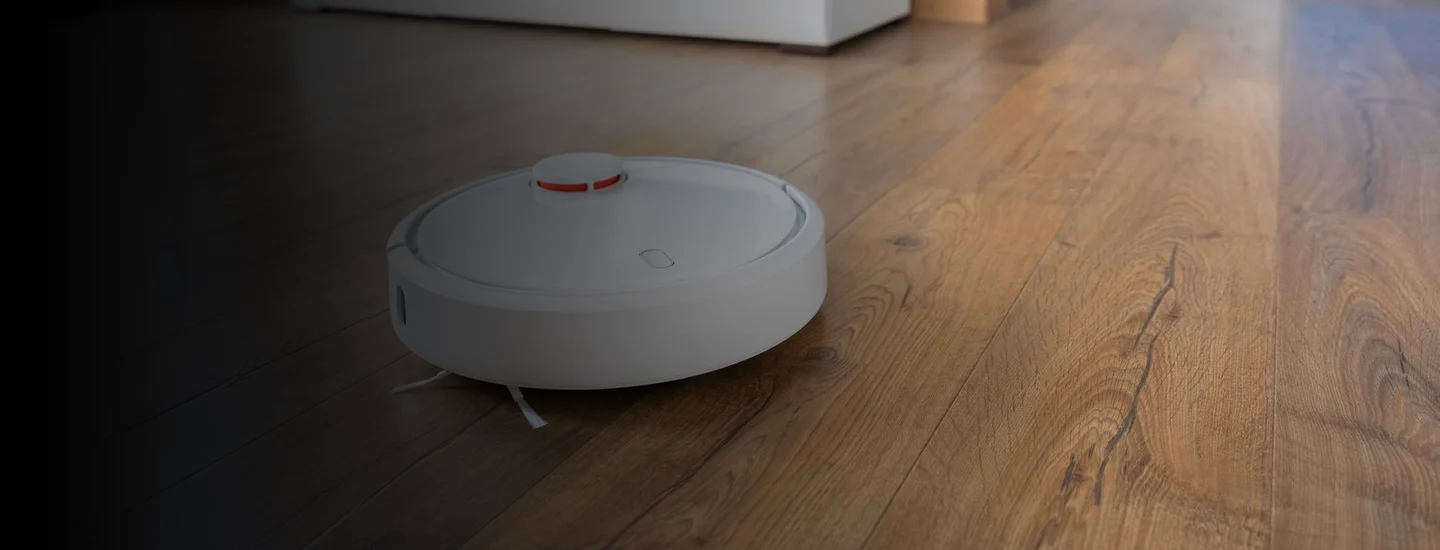Tech disruption has created an opportunity and a need to innovate or be left behind. You may now find that the thermometer in your medical cabinet has Bluetooth, your COVID-19 rapid antigen test requires you to download an app, and your garage door syncs to your smart home system. In some cases, it’s great. In others, the effort to reverse-engineer a proven product into smart tech can have real drawbacks.
Nintendo came under scrutiny in 2020 after privacy advocates noticed that the cameras mounted to toy race cars in a new mixed-reality game, Mario Kart Live: Home Circuit, had the potential to map out users’ homes (though the tech was not doing this). The addition of interactive tech to toy cars changed the game, but brought on unforeseen complications around data use, as WIRED reported. Often, those are the stakes of the race to innovate.
In AlixPartners’ 2022 Disruption Index, technological advances were responsible for four of the top 10 disruptors cited by executives as shaping their industries. Private equity has likewise demonstrated a strong appetite for investing in smart products, funneling millions of dollars into smart home startups in 2022.
There is a drive and demand for products that operate within the Internet of Things, and incorporate AI, automation, and robotic tech applications. However, many companies underestimate the demands of a digital transformation in terms of data privacy and security, materials and processes, and company culture, especially at scale. Some haven’t fully scoped out the requirements for a more interactive customer service model with a longer life span. Companies that bungle a dependable product with a subpar smart-innovation update can put their reputation and competitiveness at risk. Think app fatigue, and smart home controls that take more effort to manage than the original on-off switches.
In this series, we look first at the challenges to company culture and mindset that accompany the transformation from CP to smart-CP.
To start, let’s look at why a tech addition requires more than just spare parts.
Please restart: Why you may need a firm-ware update
Looking back at Nintendo’s Mario Kart Live, the company took a long-established consumer product—the Nintendo Switch game console and software—and reimagined it with the addition of mobile cameras that could talk to the console. The privacy concerns were ultimately a blip for Nintendo, which had made “fun-first” innovation and tech-forward thinking a cornerstone of its culture and growth model and was able to assuage concerns.
CP companies looking to push their products into the realm of smart tech who don’t already have well-established competencies and skillsets will need to evolve the business to support that shift. Tech add-ons need to be accompanied by a change in company culture and mindset.
Below, we offer best practices for firms looking to innovate beyond their historical market space.
- Implement strategic planning and road-mapping.
Any ambitious new product should be underwritten by solid market research, following which you need a dedicated team or department responsible for strategic planning and roadmap development for smart products.
- Support product development and customer support through talent acquisition and skill development.
The people that got you here won’t get you to there: You need to identify skill gaps within the organization and create a talent acquisition strategy to hire individuals with expertise in areas such as IoT, software development, data analytics, and connectivity.
- Understand that you are now in the data management and security business.
Before you can go smart, you need to establish data governance policies and procedures to ensure responsible collection, storage, and usage of customer data. That encompasses secure data storage systems and encryption protocols, as well as regular data privacy and security audits.
- Enable cross-functional collaboration and integration.
It is not enough to pool big thinkers; you need to facilitate cross-functional communication and collaboration between product design, engineering, software development, marketing, and customer support.
- Update the company mindset.
Companies need buy-in from, and resources and training for employees at all levels of the organization, to transform into a company that prizes innovation.
Each of these practices points to a fundamental reimagining of the company’s core offering and mission. Success is contingent on transformation at all levels, not simply in the production of goods.
Adapt the business model according to your new offerings
The value proposition for a consumer product changes existentially when you incorporate smart tech. Which revenue models fit your new business—subscription-based services? Data monetization? Value-added features? Your plan needs to capitalize on the connectivity and data capabilities of smart products with a pricing strategy that reflects that positioning.
You will also need to invest in customer education and engagement initiatives since your customers may well love the old products you’ve brought to market, but this is a game-changing moment. That also means monitoring market trends, the competitive landscape, and customer feedback to refine the business model and ensure it remains relevant and competitive.
The last point underscores a key tenet of innovation: you usually aren’t done at the point of product launch, but need to prepare an adaptable and knowledgeable team to see you through the next iteration … and the ones after that.
In subsequent articles in this series, we will explore common faultlines for product design and the manufacturing/supply chain, and lastly quality assurance and customer care.




